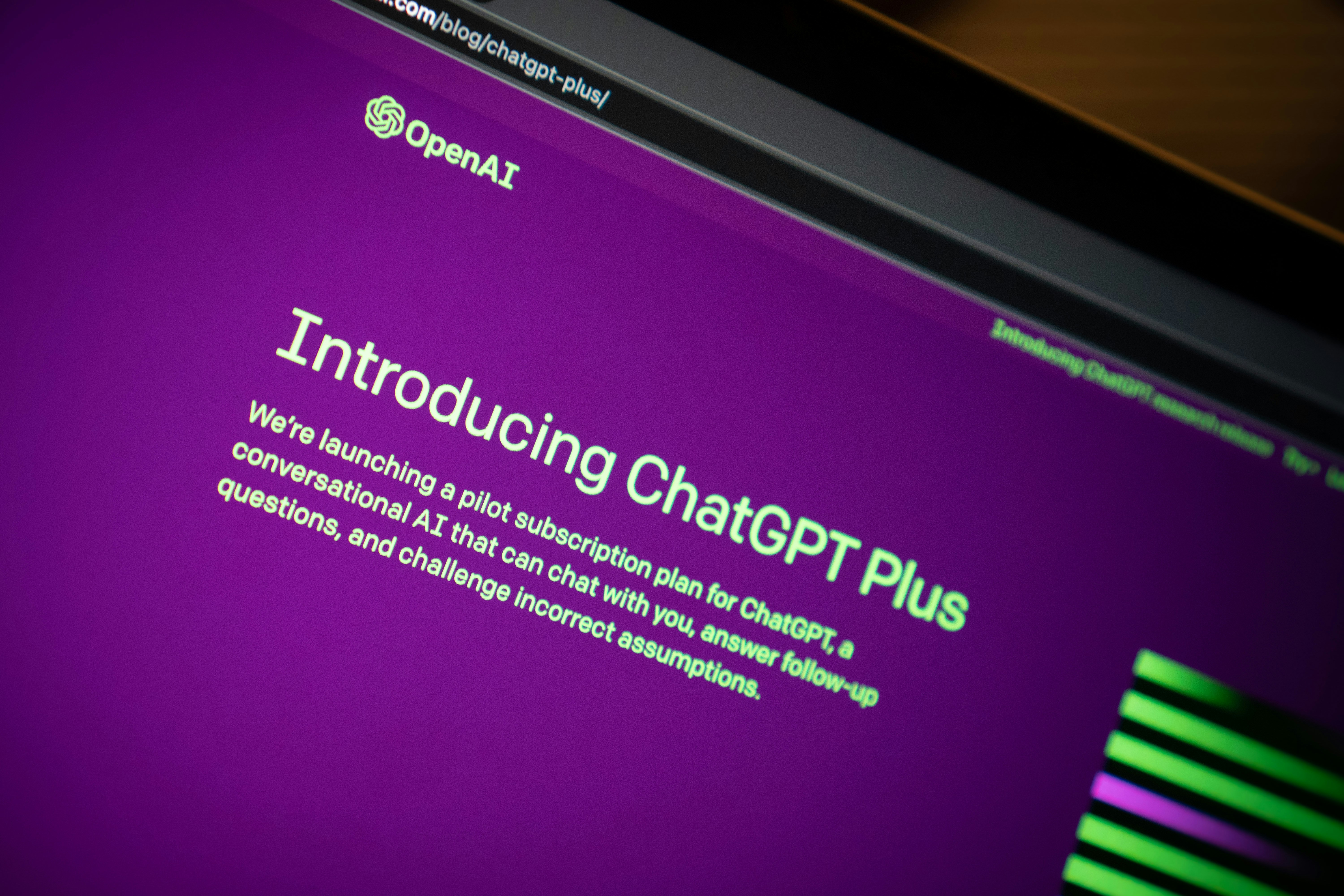November 18, 2024
How to build templates for an AI age
In biotech and pharma, precision and consistency are critical. Regulatory submissions and clinical documentation demand high-quality outputs that meet stringent standards. As AI becomes essential to these processes, standardization plays a key role in ensuring efficiency and reliability. However, over-standardization can stifle productivity, while too little structure leads to inconsistency. Striking the right balance is essential for AI to thrive.
Finding the sweet spot
In biotech and pharma, precision and consistency are critical. Regulatory submissions and clinical documentation demand high-quality outputs that meet stringent standards. As AI becomes essential to these processes, standardization plays a key role in ensuring efficiency and reliability. However, over-standardization can stifle productivity, while too little structure leads to inconsistency. Striking the right balance is essential for AI to thrive.
Modern AI tools
Modern AI tools are flexible and adaptive, but their performance depends on structured inputs. Standardized templates help ensure reliability, increase efficiency, and support compliance by providing clear guidelines. AI systems perform better when inputs follow predictable patterns, enabling high-fidelity outputs and automating repetitive tasks.
That said, not everything should be templated. Rigid, overly rules-based systems can bog down teams, especially for complex projects requiring creative problem-solving. Templates that are too restrictive can slow progress and frustrate teams working on nuanced tasks.
This is where AI provides a critical advantage. AI combines the structure of templates with the flexibility to adapt to unique project needs. This synergy allows for standardized quality, faster completion times, and scalability, all while maintaining the flexibility needed for complex tasks.
From what we’ve seen, companies that do this best follow a few steps:
They audit existing templates to consider how standardized they can make them while still respecting the individual differences of each drug program.
They convene stakeholders ahead of time to define templates that fit workflows.
They consider the specific requirements of the AI platform with which they are trying to use those templates and adjust the templates accordingly.
They execute and iterate quickly. The teams that deploy a template and use it with AI soonest are able to figure out how to improve that template the fastest.
This allows many companies to successfully build templates that allow them to leverage the power and flexibility of AI while still very clearly guiding AI to specific actions.
Finding this balance is key to successful AI adoption in life sciences - which is why we write about this topic a lot! Check out our other blog posts for free templates or explore change management strategies to learn more.







